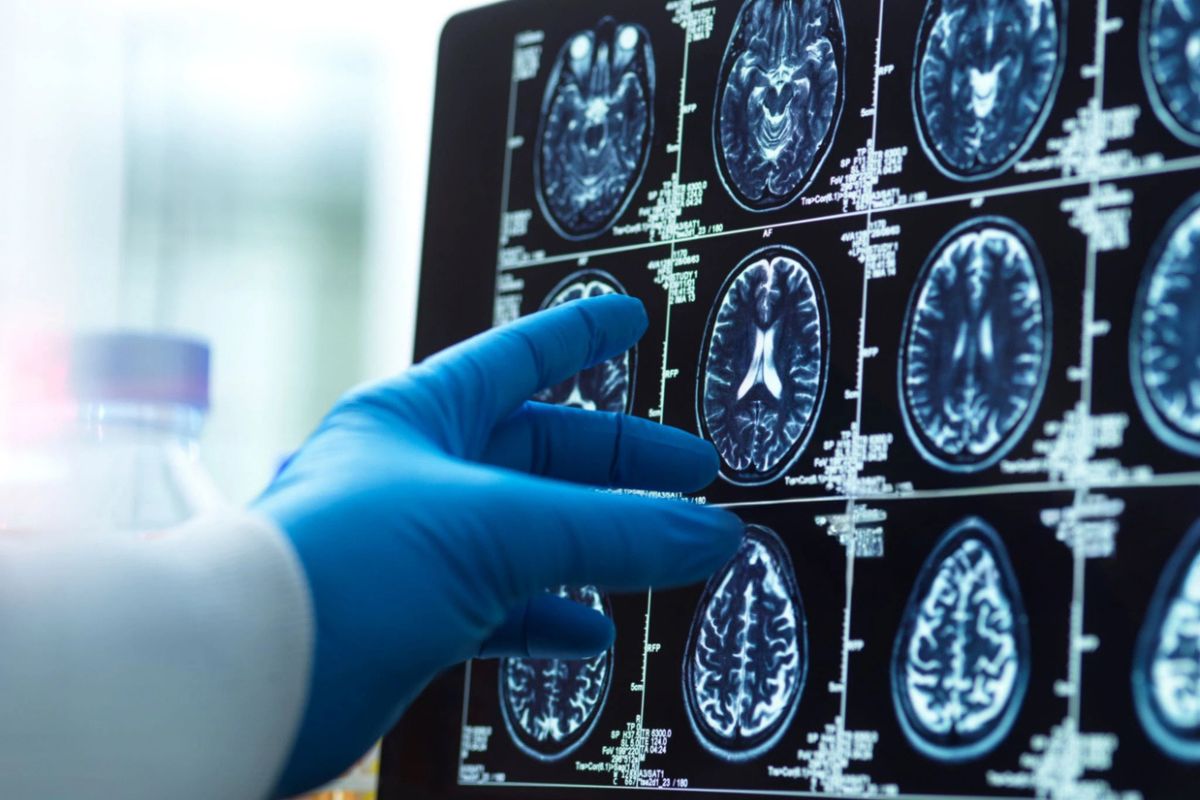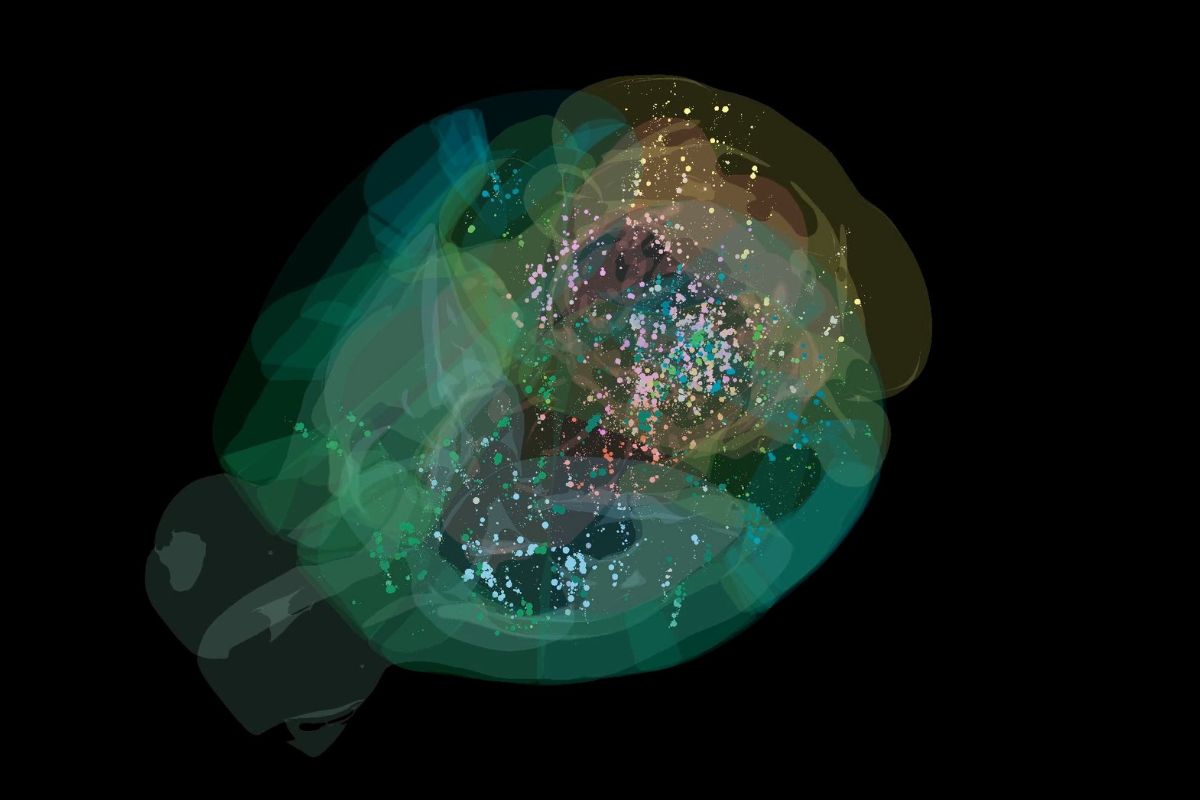Sometimes it’s the little things. That appears to be the case with Huntington’s disease, too.
University College London (UCL) researchers have published a study that found small, subtle changes in the brains of Huntington’s patients crop up roughly 20 years before any clinical motor diagnosis. The researchers identified the changes with advanced imaging and fluid analyses.
Methodology
Anyone with a parent bearing the Huntington’s gene mutation has a coin flip’s chance of inheriting the disease, which normally shows up later in adulthood, somewhere between 30 and 50 years of age. A flaw in a single gene lays the groundwork for the development of the disease. This gene features a segment that repeats specific DNA building blocks – C, A, and G. In Huntington’s patients, this string extends too far, and eventually it starts to damage brain cells.
Early warning signs include sudden mood shifts, trouble concentrating, or small changes in movement. As the disease advances, it can lead to jerky movements, difficulty walking or speaking, and memory issues.
The international team of researchers examined 57 individuals with the Huntington’s gene mutation for this study. The participants – on average – were still about 23 years away from an expected motor diagnosis.
The researchers put the participants through multiple comprehensive assessments, such as brain scans, cognitive and behavioral tests, and blood and spinal fluid analyses, twice in five years. Then they compared the data to nearly four dozen members of a control group.
Results
While clinical functions — such as behavior, cognition, and movement — remained stable in the Huntington’s participants, researchers could still see early neurodegenerative changes, such as:
- Elevated levels of neurofilament light chain (NfL).
- And reduced levels of proenkephalin (PENK).
“This study underscores the role of somatic CAG repeat expansion in driving early neuropathological changes in living humans with Huntington’s disease,” UCL Huntington’s Disease Research Centre director and lead author Sarah Tabrizi, PhD, said. “The dedication of our participants over the last five years brings us closer to preventive clinical trials.”
This paper establishes a direct connection between somatic CAG repeat expansion and early changes to the brain, particularly in areas responsible for cognition and movement. In short, the researchers conclude that blood-measured somatic CAG expansion can forecast brain volume changes and other neurodegenerative markers.
The research offers hope for early interventions to preserve brain function and improve outcomes for those facing Huntington’s disease.
Moving Forward
With treatments aimed at suppressing somatic CAG expansion already in development, these findings highlight a potential therapeutic window decades before symptoms appear.
“This unique cohort provides unprecedented insights into early disease processes, with implications for Huntington’s and other neurodegenerative conditions like Alzheimer’s,” co-first author and principal research associate Rachael Scahill, PhD, explained.
“These findings come at a critical time as the Huntington’s disease therapeutic landscape advances toward preventive trials,” fellow co-first authors Mena Farag, PhD, added.
Appearing in Nature Medicine, the paper also includes contributions from teams at the Universities of Glasgow, Gothenburg, Iowa, and Cambridge.
Further Reading
Management of Neuropsychiatric Disturbances in Huntington’s Disease



